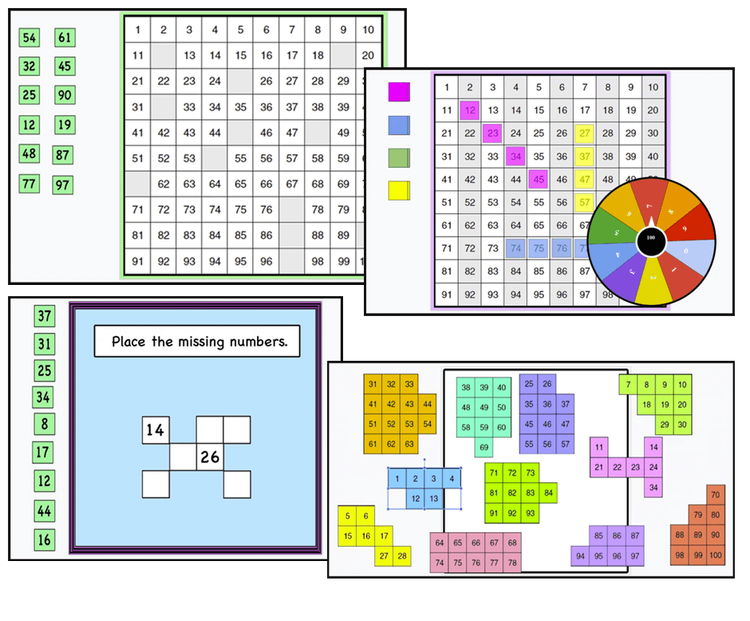Bridging the Gap: Addressing Gender Disparities in Math Education
The gender gap in math education has been a topic of concern and discussion for decades. Traditionally, mathematics and related fields have seen a dominance of male students and professionals, leading to an underrepresentation of females. This disparity raises questions not only about equality and diversity but also about the untapped potential in math-related careers. Understanding and addressing the roots of this gap is crucial for creating a more inclusive and balanced educational environment.
Recent studies and statistics have shown that while girls perform comparably to boys in math during their early school years, a gap begins to emerge in high school and continues into higher education and professional fields. This gap is not just a matter of academic achievement; it reflects deeper issues of social conditioning, stereotypes, and the lack of female role models in STEM fields.
Factors Contributing to the Gender Gap:
- Societal Stereotypes: Persistent stereotypes suggest that boys are naturally better at math than girls, which can influence the attitudes of students, parents, and even educators.
- Lack of Female Role Models: Fewer female math teachers and professionals in STEM can lead to a lack of mentorship and representation for girls.
- Gender Bias in Education: Teaching methods, materials, and classroom dynamics might unconsciously favor boys, making it harder for girls to engage.
- Lower Self-Confidence: Studies show that girls often underestimate their abilities in math, which can affect their performance and willingness to pursue math-related courses or careers.
Strategies to Bridge the Gap:
- Promote Female Role Models: Introduce students to successful women in math and related fields. Guest lectures, stories, and case studies can inspire and motivate girls.
- Encourage All Students Equally: Teachers should consciously encourage and support both boys and girls in math, ensuring equal participation and highlighting the successes of female students.
- Address Stereotypes in Classrooms: Educators can play a key role in dismantling stereotypes by discussing them openly and promoting a growth mindset that emphasizes effort over innate ability.
- Inclusive Curriculum and Teaching Practices: Develop a curriculum that includes examples and contexts that appeal to a diverse student population. Utilize teaching methods that cater to varied learning styles.
- Parental and Community Involvement: Parents and community members should be made aware of the importance of supporting girls in math. Workshops and information sessions can be helpful.
- Empowerment through Clubs and Activities: Math clubs, competitions, and activities that are welcoming to girls can provide additional support and engagement opportunities.
- Career Guidance and Counseling: Provide career guidance that informs students about opportunities in math-related fields, breaking down the misconception that these areas are not suitable for women.
The gender gap in math education is a multifaceted issue that requires a collaborative approach to resolve. By creating an educational environment that actively challenges stereotypes, provides equal opportunities, and celebrates diversity, we can pave the way for more girls and women to excel in mathematics and related fields. Bridging this gap is not only a step towards gender equality but also a stride towards enriching the field of mathematics with diverse perspectives and talents.
















